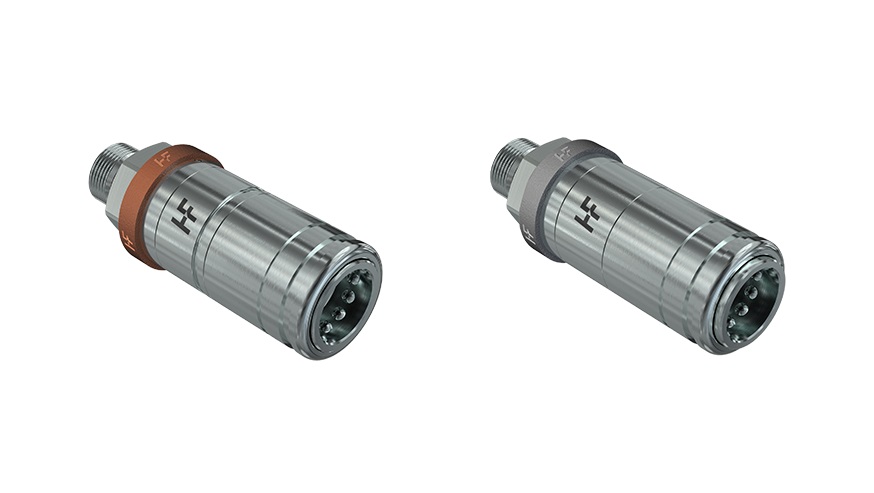
Through a simple web search, it’s quite easy to find tools that allow to retract the sealing valve of a quick coupling even when it is blocked by pressure trapped into the circuit, or to connect the two halves of a quick coupling in presence of pressure; generally these tools aren’t cheap but basically neither too expensive and seem easy to use, so anyone who has to connect more or less frequently hydraulic lines by means of quick couplings can be tempted to buy one.
Advantages and Disadvantages of Using Tools to Retract Sealing Valves
However, after a slightly more in-depth analysis one can immediately realize that the disadvantages (or risks) entailed by using these tools far outweigh the benefits and that the most convenient choice is for sure to install instead a suitable quick coupling, designed to get connected even in presence of trapped pressure.

Efficiency and Ecology Issues with Wing Nut Tools
One kind of tools allows to move back a sealing valve and release the pressure by turning a wing nut which presses against the valve itself: although these items have a low probability of damaging or wearing out the quick coupling, operators using them improperly can get splashed with hydraulic oil. Furthermore, even though the amount of oil spilled outside isn’t generally that big, using frequently this type of tool to release pressure from a coupling before being able to connect is definitely an inefficient and non-ecological action.
Experiencing Difficulties with Trapped Pressure? Discover Our Solutions
Avoid the risks associated with retracting sealing valves using tools; opt for our quick couplings with integrated pressure relief systems.
Find your's solution
The Best Solution: Suitable Quick Couplings with Micro-Valves
With regard to ISO-A and ISO-B series of quick couplings, choosing instead a version (like Faster’s 4NV, 4HNV or 4PV series) where the poppet valve is equipped with an additional micro-valve looks by far a better solution, as these couplings can be connected with a minimum or no extra-effort (and with a small volume of oil spilled out) in the same conditions where this maneuver reveals practically impossible with a standard product; relieving pressure from the tiny volume behind the micro valve is extremely easy, and that action is enough to decompress the whole system.

Tools Designed to Retract Valves with Thrust Mechanism
There’s also another concept of tool, designed to make the valve of a quick coupling retract as a result of the thrust exerted by the valve of the counterpart: in this case pressure relief and quick coupling connection are simultaneous effects. This type of tool is equipped with clamp jaws which get closer and closer by means of a lever mechanism. Each jaw holds one quick coupling half, therefore the progressive approach of the jaws ends when the two halves get connected.
Valid Options from Faster
The point is that acting to retract the valve of a quick coupling when it’s blocked by pressure is like trying to open a blocked lock without having the key. The key is the pressure relief system. This may be considered an emergency procedure but not a routine operation, as after a certain number of times the seals or other internal components will collapse, resulting in the need for frequent (and more expensive) replacements of the entire quick coupling, not to mention the high costs caused by the machinery downtime. Therefore, if an operator realizes that most of the times he needs to connect a quick coupling there’s pressure trapped into the circuit and that the quick coupling is not designed for this type of operation, he should replace it with a product having appropriate characteristics: depending on the applications, Faster’s 3CFHF, 3CKHF, 4SRHF, 4SKHF, 3FFH, 4BD4FH as well as blocks with cartridges are all valid options.
In short, one cannot think of using a quick coupling not suitable for a certain application and of making up for its technological gaps by relying on a tool that mechanically forces internal components to perform movements under conditions in which the quick coupling was not designed to work; proper solutions are out there, to make operator’s life easier and safer.
Ready to learn more about our products?
Our team is here to guide you and offer tailored solutions to fit your needs.
Contact Us